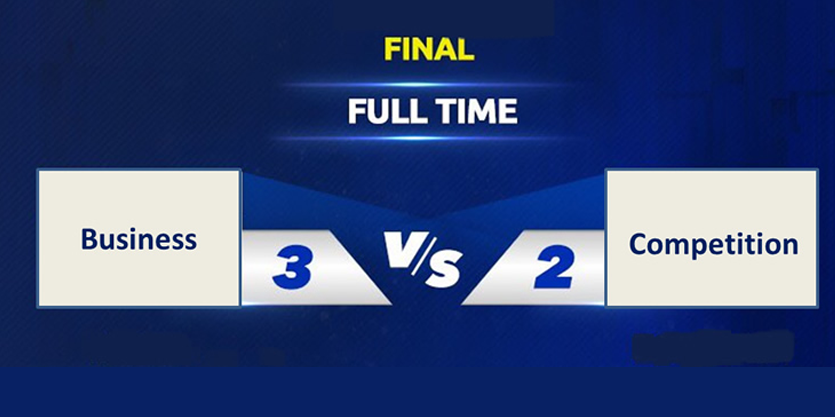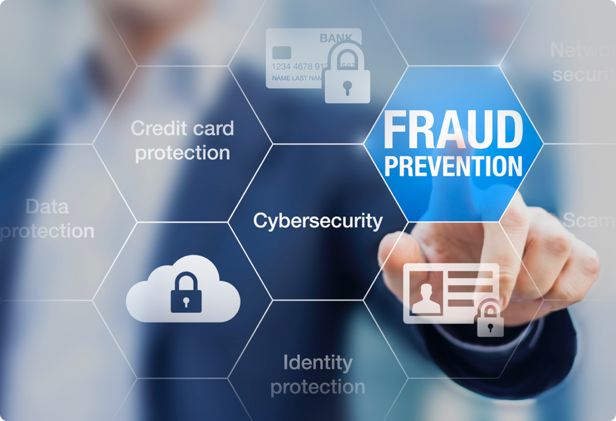When a Soft Bread shop saw declining sales due to reducing walk-in customers, they went back to a strategy drawing table: why are people bypassing our shop and going straight into the supermarket to buy bread?
The initial assumptions by the shop owners was that customers preferred buying bread from the Supermarket due to the convenience as a one-stop center shopping place i.e. in the supermarket, customers find everything they need in one place. It is surely convenient and faster than first branching off to a bread only shop, and then going into the supermarket to buy other items like soap etc. Due to this, most shops outside a supermarket lose the business once a customer first enters the supermarket. Otherwise, a shop must have unique and quality offering.
Rethinking Soft Bread business
Great leaders are able to see when things are not moving their way. And that is how we were retained to give advice on strategy. As their strategy experts, we suggested and were given a green light to conduct a quick, short customer survey. For every customer visiting the nearby Supermarket, we asked: why do you prefer buying your bread in the Supermarket than from the special Bread Shop across?
We did this to randomly identified customers. Our target was to get feedback from at least 100 customers over a one week period.
The results were fascinating.
We established that most customers would prefer to buy bread they see where it is made, than the one that is delivered to the outlet for sale. When customers see where bread is made, they are confident that it is fresh and healthy.
The Soft Breads shop had a centralized bakery serving over 20 outlets distributed throughout the city. This was not only causing logistical problems in terms of timely deliveries, but increasing operational costs due to high expiry dates.
The restructuring & turnaround strategy
Following prospect customers feedback, we decided to restructure the operations by moving the bakery equipment from the head office to the respect shop outlets. To minimize the potential impact of a wrong decision, we started with two outlets. Thereafter, we re branded the Bread Shops to read: “Fresh Bread: It’s hot & fresh.”
The results were instant. Now people continue to line up waiting to buy bread.
Most people prefer to buy bread that is still hot. It is difficult to compete in such business if you make your bread off-site and move it to the outlets. By the time it reaches, it is too cold.
Soft Breads Ltd, which now trades as Hot Breads, offers bread, cakes and mandazi which is baked in the same location. The company has decided to be the leader in these three. And it has continued to grow in leaps and bounds.
Reason: They understood the customer’s pain. The customers were tired of buying cold, not so fresh bread. The response was to offer hot bread, all the time. The company is always exploring ways to lead in hot, fresh bread business wherever it operates. And it now plans to open so many other outlets using the same business model: make it where customers see it, and sell it hot to them. If it must be cold, let them have the choice of taking a hot one. Generally, today’s customers are happier with the provider when they are exposed to the entire process – they see who it is done. Such total transparency in the business is very critical as it ‘corrupts’ the psychology of the buyer. If they can see the entire process, it is as good as doing it for them at home. It is therefore a small price to pay to get total confidence in the product and services.
Now to you: what are your products and services? When it comes to decisions, do you use hearsay or fact?
Why start a business? What is the purpose of your business?
Any competitive game aims at one thing: winning
And indeed, ‘if you cannot win the game, don’t choose to go into it.” In football, this saying is very relevant. Each team enters the pitch with one aim: to win the game.
But what does it take to win? Winning is not easy. You have to beat the other players.
You must score more goals than the other team. If you score one goal, and concede one goal do you win the match? Of course not! What if you score five goals and concede five goals, do you win? No. Even if you score 10 goals and concede 10 you don’t win. To win, you must score one, and don’t concede. Sore five, and concede less, say four. Or score 10 and concede nine.
The above holds true for any business or organization, you don’t win if you cannot control costs.
Revenue sources to a business are like goals to football game. You must sell a lot than you incur to succeed. It does not matter how much you sell, if you fail to effectively manage your costs, you will not be sustainable.
Just like a team that has a very weak defense and concedes easy goals, a business with poor finance function and operational efficiency tend to incur a lot of unnecessary costs thereby losing critical cash flow essential for working capital.
If you spend more than you earn, your business won’t be sustainable. To succeed, you must spend less than you earn. This is a financial fundamental.
There is no business that has ever collapsed due to high costs. Businesses collapse due to low sales turnover compared to costs. If you want to stay in business, you must focus on revenue growth and operational efficiency. Having a strong and experienced finance team is critical as it helps you plan for your cash flows and tap into any rebates and tax planning opportunities available.
All great football teams have great goal keepers (Finance Manager), Defense (Finance and Tax Team), mid-field (Operations Team) and strikers (Marketing Team). Any weaknesses in these departments expose the team and will force easy goal concessions.
What is the caliber of the people in your critical departments?
One of the reasons majority of small and medium sized firms collapse quickly upon the death of their founder, is the lack of effective governance structures, especially favoring an incompetent family member to a well-qualified expert.
 Roles like those of goal keeping (Finance Manager) and Strikers (Sales) are so critical to the business that you need to identify the very best and let them drive them. The tendency of some businesses is having a family member manage the role. That is not a bad thing. The challenge is if the family member so appointed lacks the required minimum skills and experience for the role. This may result into so many goals being conceded, because a wrong keeper and defense team are given the opportunity to play instead of the people supposed to keep those places.
Roles like those of goal keeping (Finance Manager) and Strikers (Sales) are so critical to the business that you need to identify the very best and let them drive them. The tendency of some businesses is having a family member manage the role. That is not a bad thing. The challenge is if the family member so appointed lacks the required minimum skills and experience for the role. This may result into so many goals being conceded, because a wrong keeper and defense team are given the opportunity to play instead of the people supposed to keep those places.
The role of human resource is to try as much as possible to recruit the best to run the critical business processes and help your family outside your business rather than having them in charge of a critical process which they lack skills and experience.
As a leader, your first call is for a competent person that is well qualified to do the job. The rest like family, friendship or tribe should and must always come last. The business needs great talent to succeed. Always ensure that you empower your family a great deal in terms of quality training, exposure and mentorship to bring them up to terms with the requirements of the job before putting them in charge of key business processes.
Remember that most companies spend a fortune trying to train mediocre people to become average. So, you can easily gain market advantage by sharpening the already great people to become exceptional. That happens to be the number one role of great leaders. Identify the best people and empower them to run the business. Of course there are family and friends who are very great. In that case, identify them and give them opportunity as a priority.
The reason to start any business is to win. To make money. To score many goals. To win, you need a great team. But also, you need a clear playing field.
What exactly are your products and services, and who do you sell to? That is your playing field.
Great businesses start by asking: who are my target customers? And what is their pain? The pain creates need. If the prospect’s pain is thirst, they need water to fix it. If the pain is hunger, they need food to solve it. And if my pain is headache, I need the appropriate medicine.
As you can see, diagnosis of the problem is the best strategy to creating a sustainable business. Sell goods and services that address a clear and existing current or future need.
As a leader, keep your eye on the revenue sources. What do you sell? To whom? Why do they buy? What are their today’s and tomorrow’s needs so that you can proactively anticipate need and address it today?









